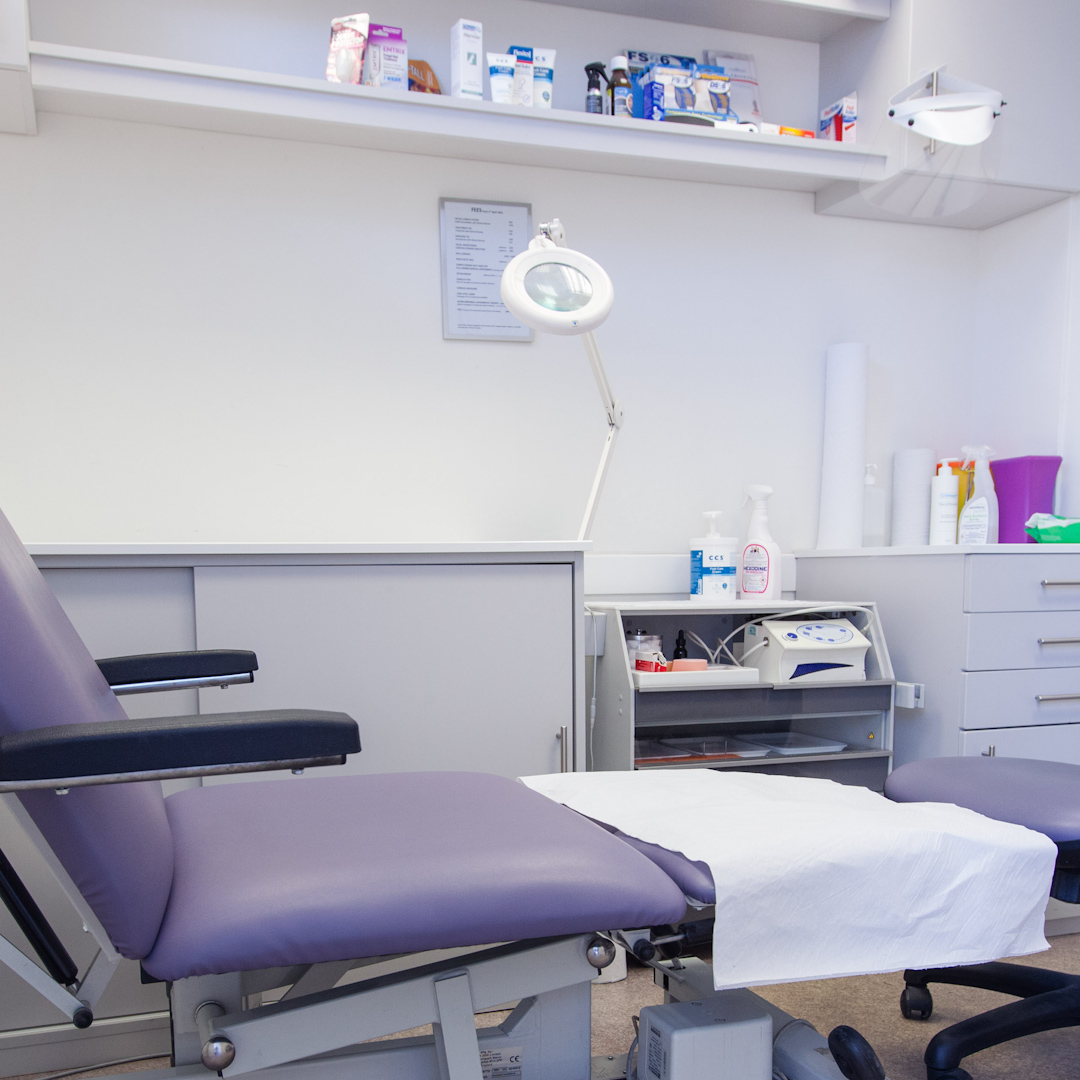When podiatrists use local anaesthesia

Local anaesthesia is a medication that numbs a targeted area of the body and is commonly used to prevent pain during medical procedures or operations. You may have heard of local anaesthesia before, or even had it used on you previously during a medical procedure. At Dulwich Podiatry, our podiatrists use local anaesthesia when treating a variety of foot issues. Read on to learn about some of the procedures we perform under a local anaesthetic.
Steroid Injections
If you are suffering with neuromas, bursitis, plantar fasciitis, osteoarthritis, sinus tarsi syndrome or cysts, we may use steroid injections as a part of your treatment plan, when conservative treatment is insufficient. The steroids are injected into the area of discomfort and reduce swelling and pain.
A local anaesthetic may be administered prior to the steroid injection to provide some temporary pain relief. This method of pain relief is fast acting, and the pain will start to reduce in just a few minutes after the injection due to the anaesthetic. We normally expect the pain relief to last for around 2 hours.
Although the local anaesthesia acts fast, the steroid injection will become effective a few days after the procedure and is anticipated to last for up to three months.
Faulkner’s Needling
Verrucae are caused by the same virus as warts, the human papillomavirus, of which there are numerous strains. Verrucae needling is an effective treatment for stubborn and recurrent verrucae.
During verrucae needling, the digit or whole foot is numbed using a local anaesthetic. Once numb, we use a sterile needle to disrupt each individual papilli in the verruca, allowing the immune system to attack the lesion directly.
Verruca needling is carried out under local anaesthetic and has minimal down time and discomfort post op, which is why it is a popular choice of treatment.
Nail Surgery
Ingrown toenails are one of the most commonly seen foot problems. They occur when the nail grows into the skin and causes inflammation, pain and sometimes infection. When the nail pierces the skin, the body tries to heal around the foreign object (in this case the nail) leading to the formation of excess skin called hypergranulation tissue which can be very painful.
We treat ingrown toenails with nail surgery, which is done under local anaesthetic. During nail surgery, once the local anaesthetic is administered, your podiatrist will then remove part or all of the nail.
These are a few examples of how we use local anaesthetic at Dulwich Podiatry. Your podiatrist will always explain how and why pain relief is used during your treatment and we can always answer any more questions you have on local anaesthetic during your appointment.



